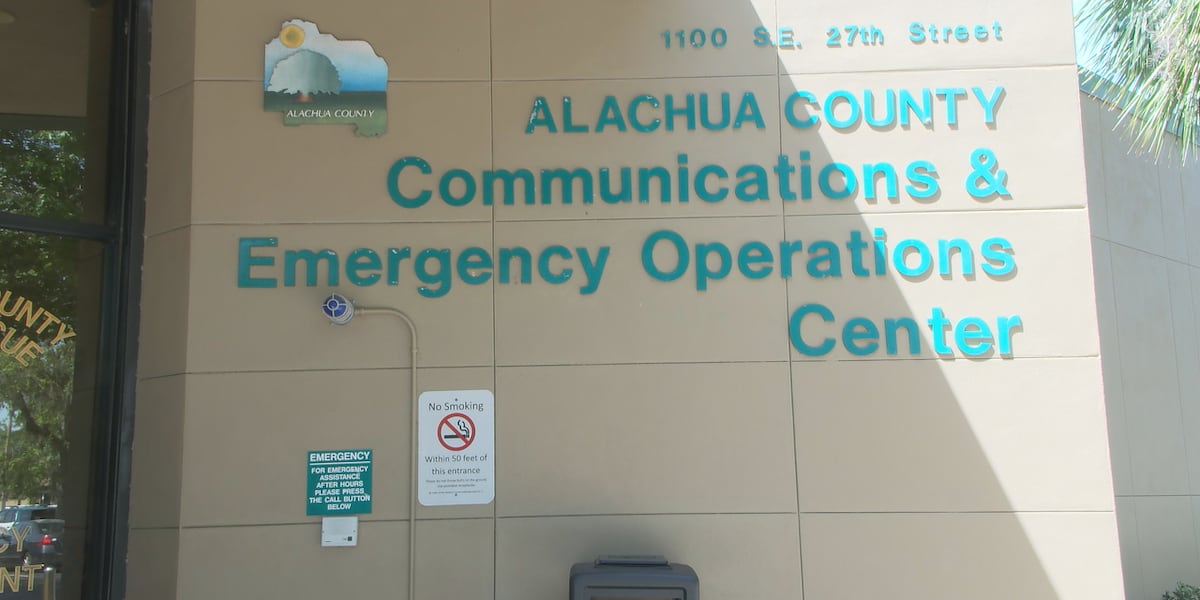Overcoming Digital Communication Overload: How Smart Tech Can Boost Workplace Collaboration

The Communication Crisis in Modern Workplaces
In today's fast-paced business environment, effective communication is paramount. Yet, many organizations are facing a growing challenge: digital communication overload. Consultants, project teams, and employees across departments are drowning in emails, instant messages, and notifications, leading to decreased productivity, increased stress, and a breakdown in collaboration. Simply adding another communication tool isn't the solution; it often exacerbates the problem.
A Strategic Approach: Auditing Your Communication Flow
The key to tackling this issue lies in a strategic approach. Instead of blindly adopting the latest technology, forward-thinking organizations, like a leading international consulting firm, are taking a step back to conduct a thorough audit of their communication flow. This involves meticulously examining how information travels within the company, identifying bottlenecks, and pinpointing the specific pain points that employees are experiencing.
Identifying Pain Points: Beyond the Surface
What are these pain points, exactly? They often include:
- Information Silos: Teams operate in isolation, leading to duplicated efforts and missed opportunities for synergy.
- Notification Fatigue: Constant alerts from various platforms distract employees and hinder their ability to focus on critical tasks.
- Lack of Context: Important information gets lost in the shuffle, making it difficult for employees to understand the bigger picture.
- Inefficient Search: Finding specific information within a sea of emails and messages can be a time-consuming nightmare.
Technology as an Enabler, Not a Hindrance
Once these pain points are identified, organizations can leverage technology to streamline communication and improve collaboration. The goal isn't to eliminate digital tools altogether, but to select and implement them strategically. Here’s how:
- Centralized Communication Hub: Consolidate communication channels into a single platform, reducing the need to juggle multiple apps. Think Microsoft Teams, Slack, or similar integrated platforms.
- Intelligent Notification Management: Implement systems that prioritize notifications based on urgency and relevance, minimizing distractions.
- Knowledge Management Systems: Invest in robust knowledge bases and document management systems that make it easy for employees to find the information they need.
- Project Management Tools: Utilize project management software to track progress, assign tasks, and facilitate communication within project teams.
The Human Element: Training and Best Practices
Technology alone isn't enough. Organizations must also invest in training and establish clear communication best practices. This includes:
- Promoting Asynchronous Communication: Encourage the use of email and project management tools for non-urgent communication, allowing employees to respond at their convenience.
- Establishing Communication Guidelines: Define clear expectations for response times, subject line formatting, and appropriate channels for different types of communication.
- Fostering a Culture of Open Communication: Encourage employees to proactively share information and provide feedback.
Conclusion: A More Productive and Engaged Workforce
By taking a strategic approach to digital communication, organizations can overcome the challenges of overload and create a more productive and engaged workforce. It's about harnessing the power of technology to facilitate seamless collaboration, rather than letting it become a source of frustration and inefficiency. The future of work depends on it.






